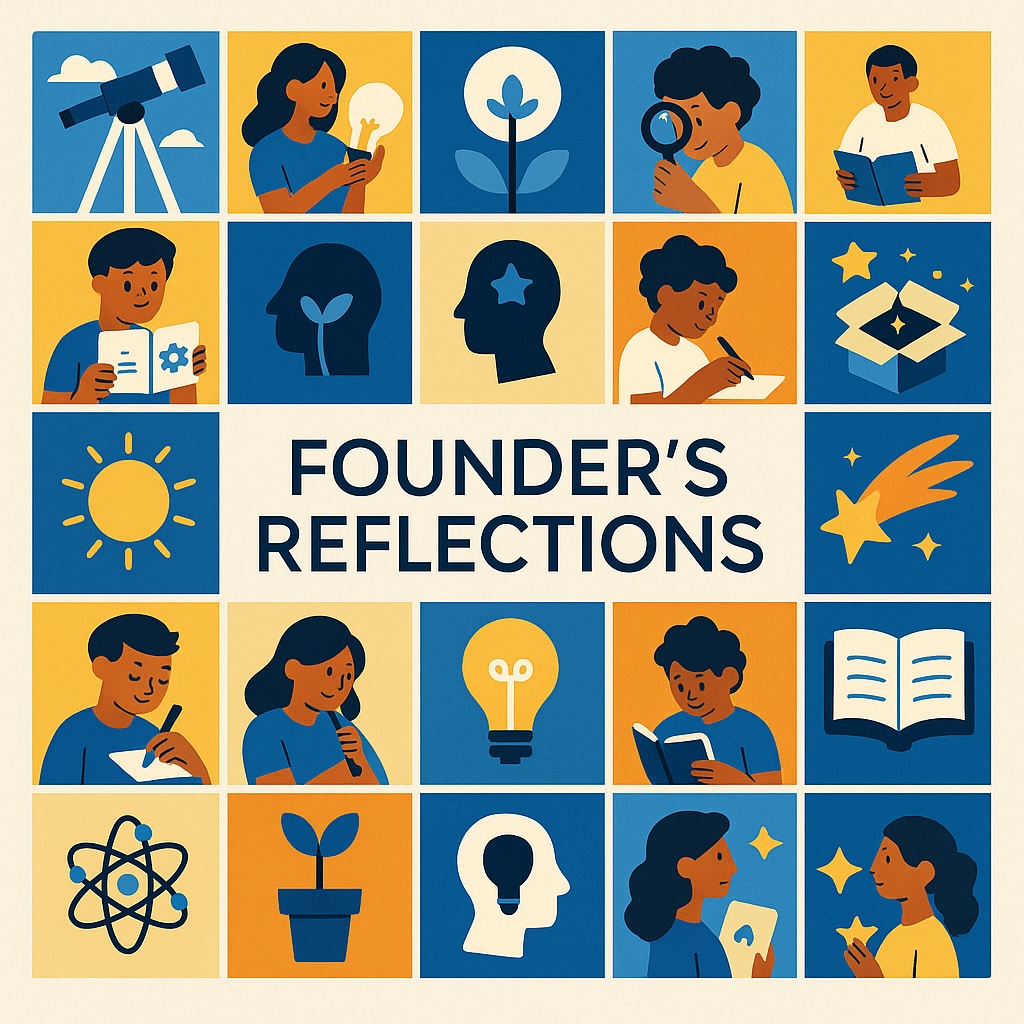
There is a moment, familiar to every teacher, when the classroom falls silent — not from compliance, but from absorption. A page has turned, an idea has taken hold, and something wordless happens between reader and text. That moment is why I became an educator.
Over two decades of teaching, I have seen literacy teaching evolve through countless reforms, targets, and frameworks. Yet, beneath every policy, one truth endures: children learn best when they feel connected — to the text, to one another, and to the act of learning itself.
While studying and teaching in Canada, I encountered Literature Circles for the first time. The model was simple but transformative — small groups of learners reading the same text, each taking on a discussion role, learning to listen as much as they spoke. What struck me most was the social nature of learning.
These were not lessons built on answers, but on questions. Learners would debate a character’s choice, draw parallels with their own lives, or challenge an author’s assumptions. Reading became an act of empathy, inquiry, and self-expression. The classroom felt alive — a community of readers, not a system of instruction.
I remember thinking: this is what learning should feel like.
When I returned to the UK, guided reading had become a national fixture — a structured, measurable approach to small-group literacy teaching. It brought clarity, consistency, and accountability. But I soon saw the paradox: in our pursuit of measurable outcomes, we risked overlooking the immeasurable ones — curiosity, imagination, and joy. Too often, learners were asked to infer or predict not as readers, but as test-takers. The process became efficient, but thinner; confident decoding replaced deep understanding. That realisation wasn’t criticism — it was compassion. Teachers were working heroically within constraints. Yet, I knew there had to be a way to preserve structure without losing soul.
Apt Learners was born from that question — how might we bring the humanity of the Canadian classroom into the accountability of the British system? The answer, I realised, wasn’t a new curriculum. It was a culture of reflection. Through the Aspire–Practise–Thrive (APT) framework, every learner — child or adult — begins with curiosity, experiments through effort, and emerges with confidence. Literature Circles sit naturally within this philosophy: they are dialogues, not data points.Each article, conversation, and reflection in the Apt Learners Literature Circle is written in that spirit. It’s a professional learning space disguised as a blog — a bridge between teacher reflection, parental insight, and learner voice.
One of the most valuable lessons from inspection frameworks, particularly those shaped by Ofsted and HMI, is the triad of intent, implementation, and impact. Yet, these terms take on richer meaning when lived rather than observed.
Apt Learners operates in that redefined space — where evidence of learning is found not in assessment grids, but in the widening of perspective and persistence of curiosity.
At the heart of every innovation lies a question that refuses to rest. For me, it is this What might happen if we valued reflection as highly as results? In that question lies the ethos of Apt Learners and its Literature Circles. It is a quiet challenge to the systems that prize speed over depth, and a reminder that education is not a race but a relationship. True learning is not linear; it loops, revisits, deepens. Like a circle, it grows wider with every turn.
The Literature Circles within Apt Learners are more than articles — they are invitations. Each piece explores a theme rooted in curiosity, character, and creativity. Parents read alongside teachers; children’s questions spark adult reflection. This isn’t about replacing guided reading; it’s about rediscovering the why behind it. Where guided reading measures comprehension, Literature Circles nurture connection. Where one tracks attainment, the other inspires belonging. In doing so, we meet every learner where they are — and remind them that their voice matters.
The future of education will belong to the innovators who remember its humanity. As we move into 2026 and beyond, I hope to see more classrooms, homes, and communities re-imagining what “learning together” means. If this project contributes even a little to that change — if one teacher pauses to reflect, or one parent discovers joy in learning beside their child — then the circle has already begun. Because real learning doesn’t end with a full stop.
It continues with a question.